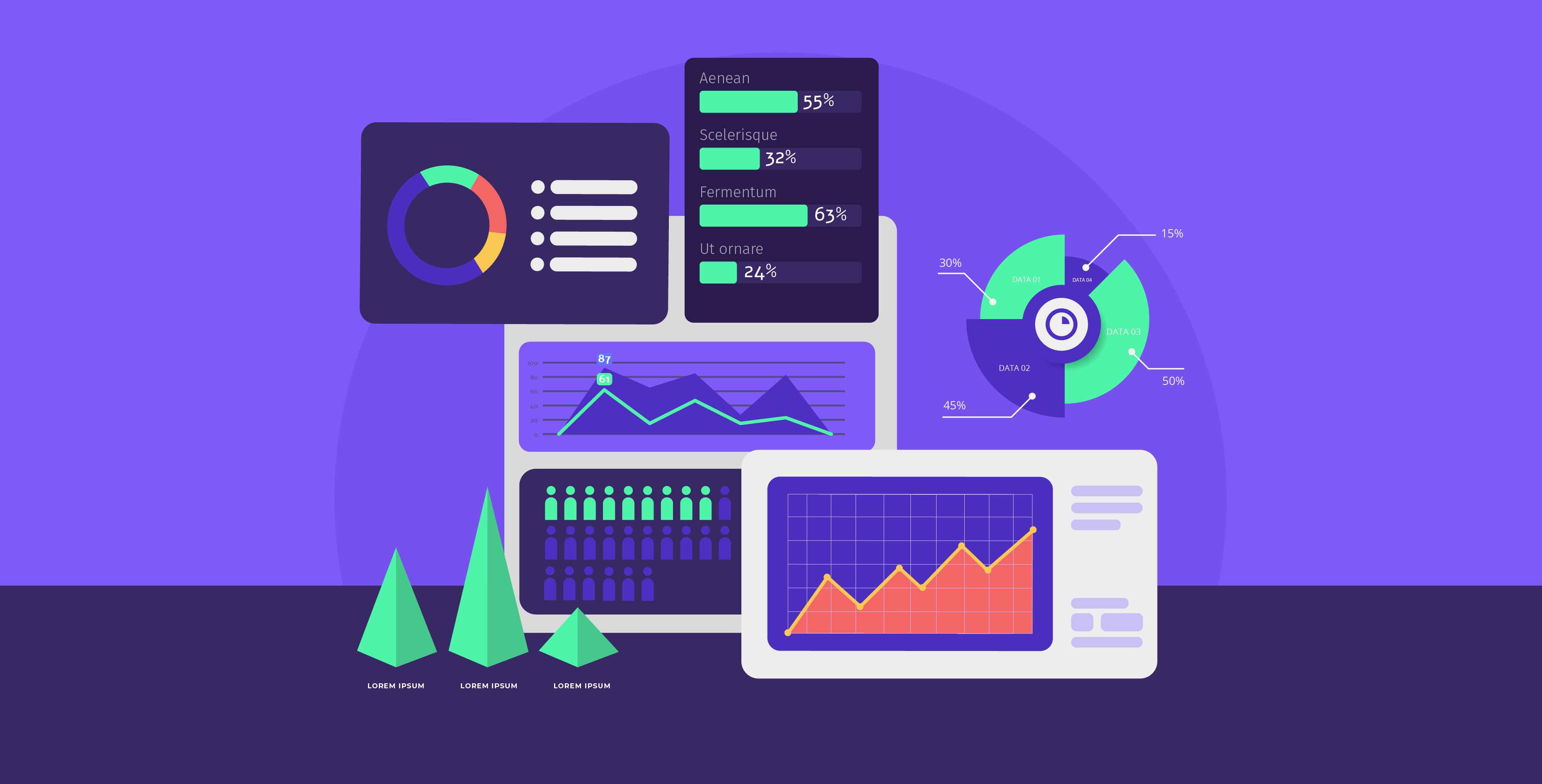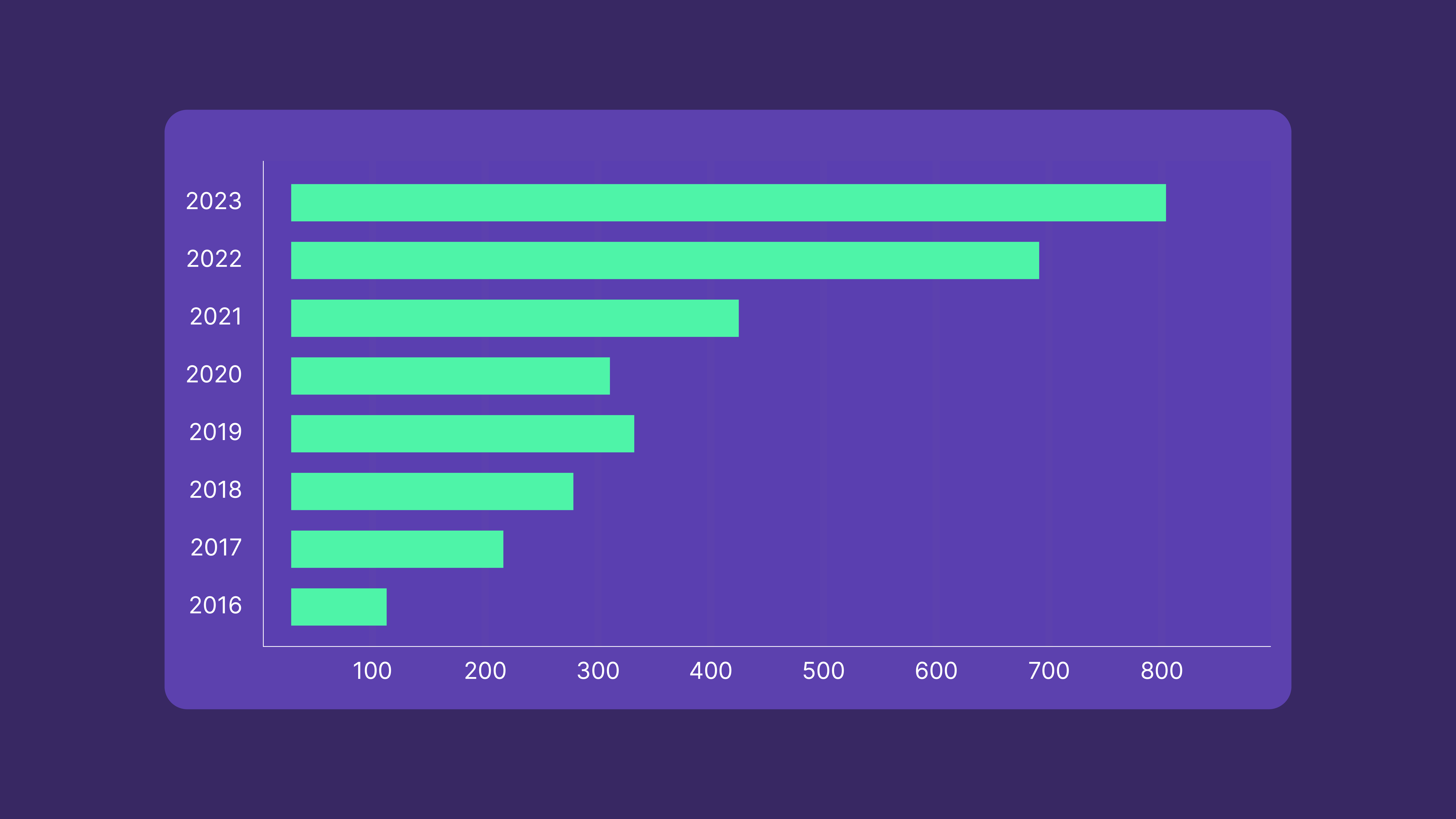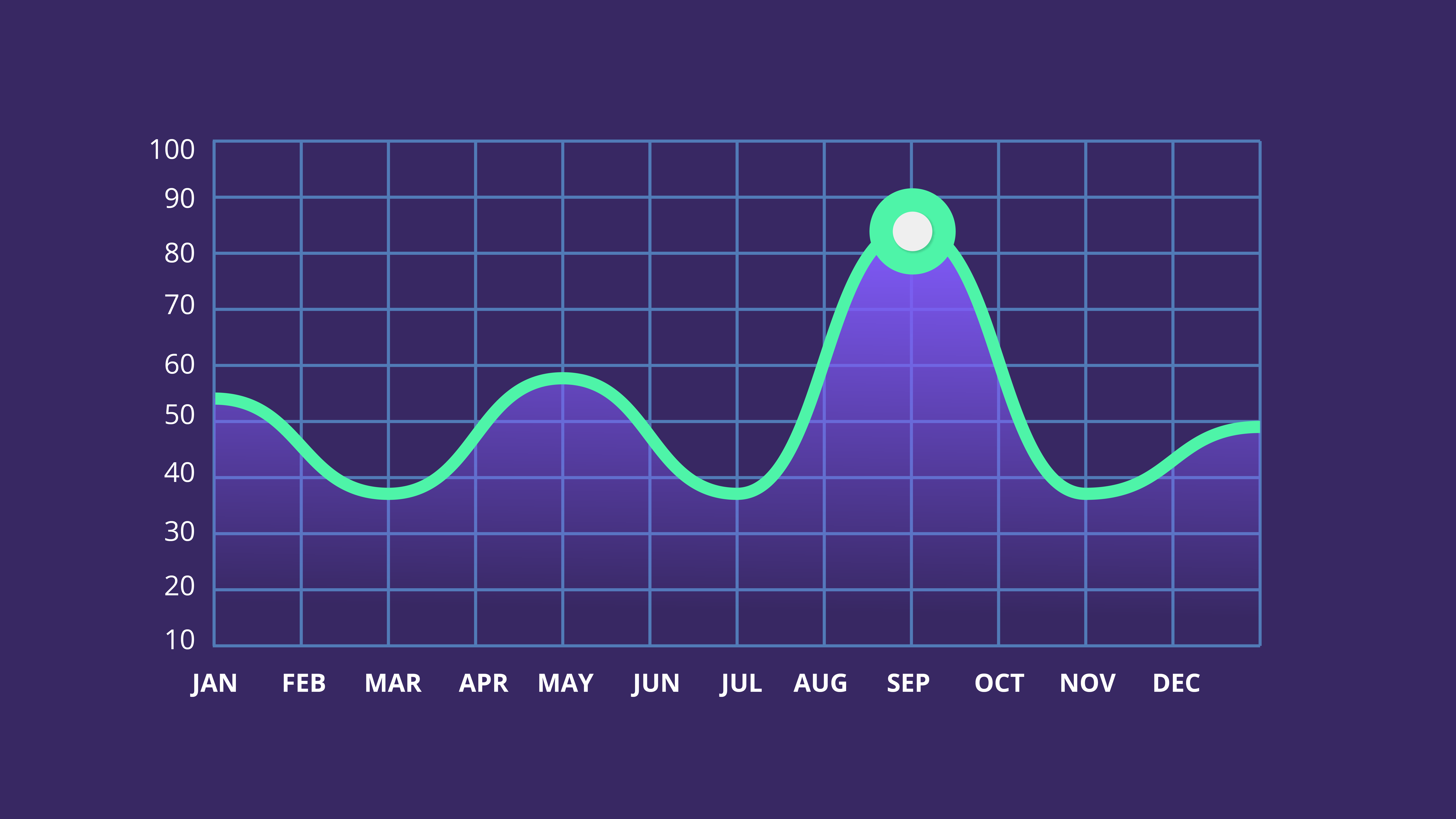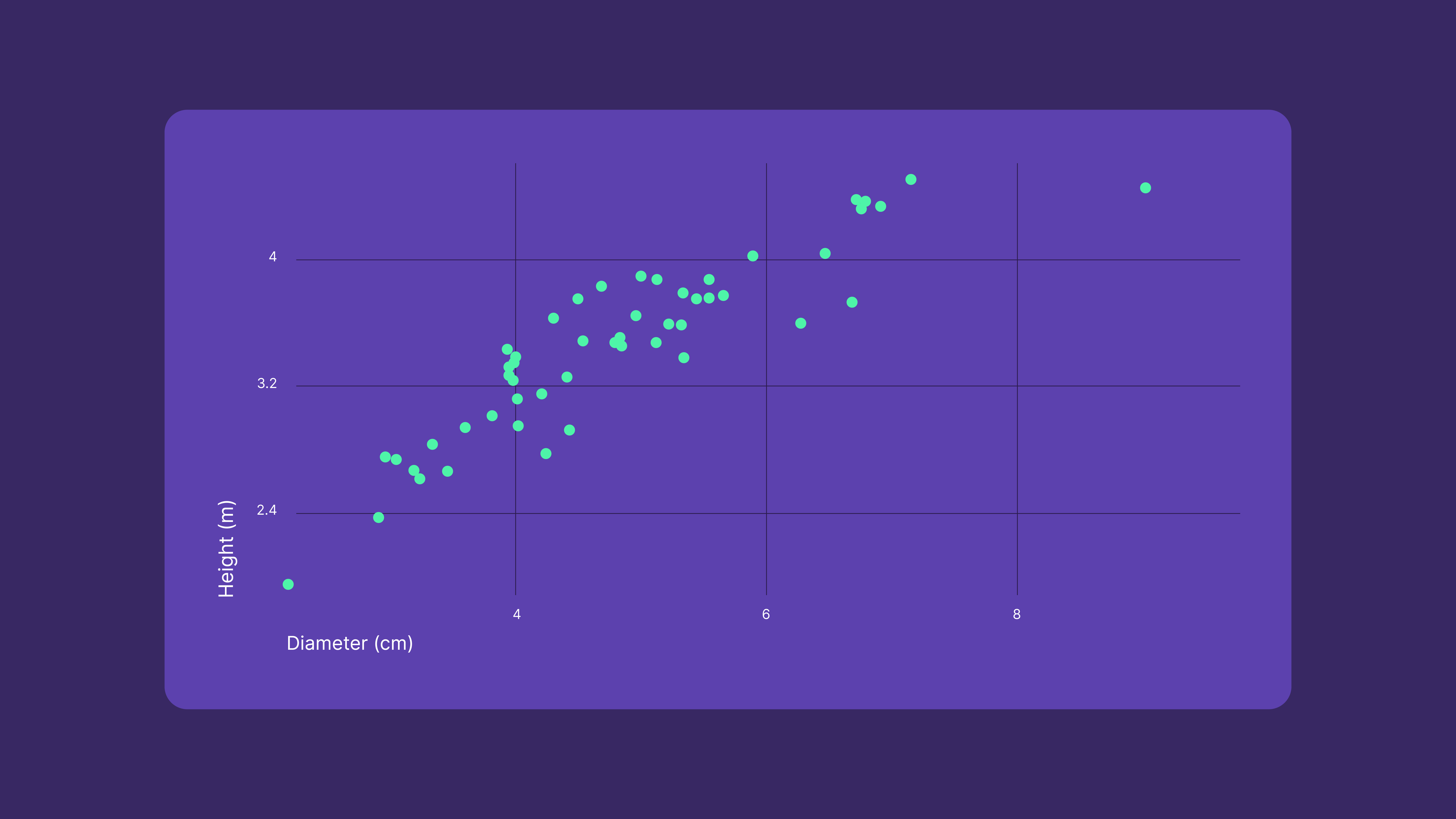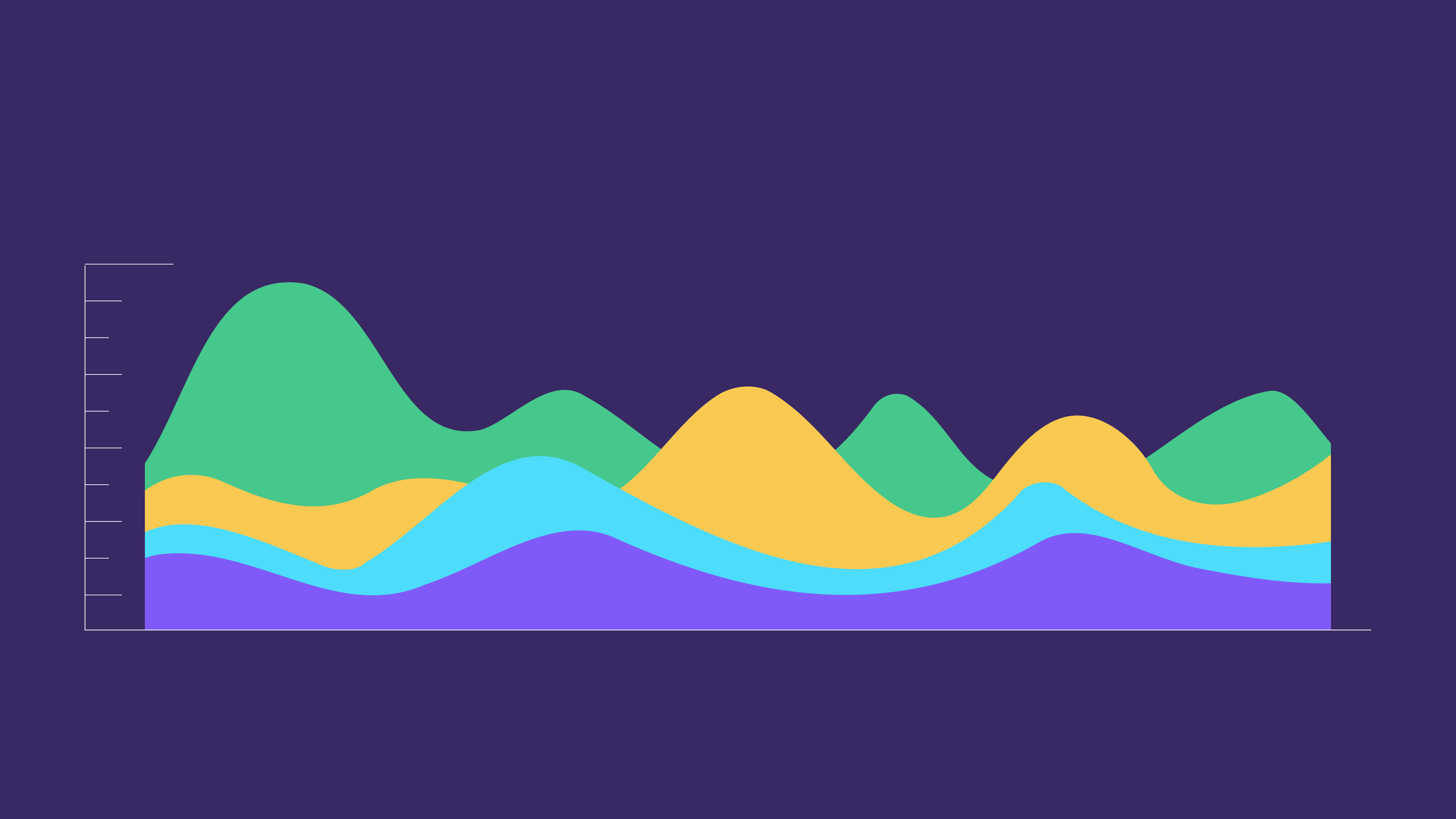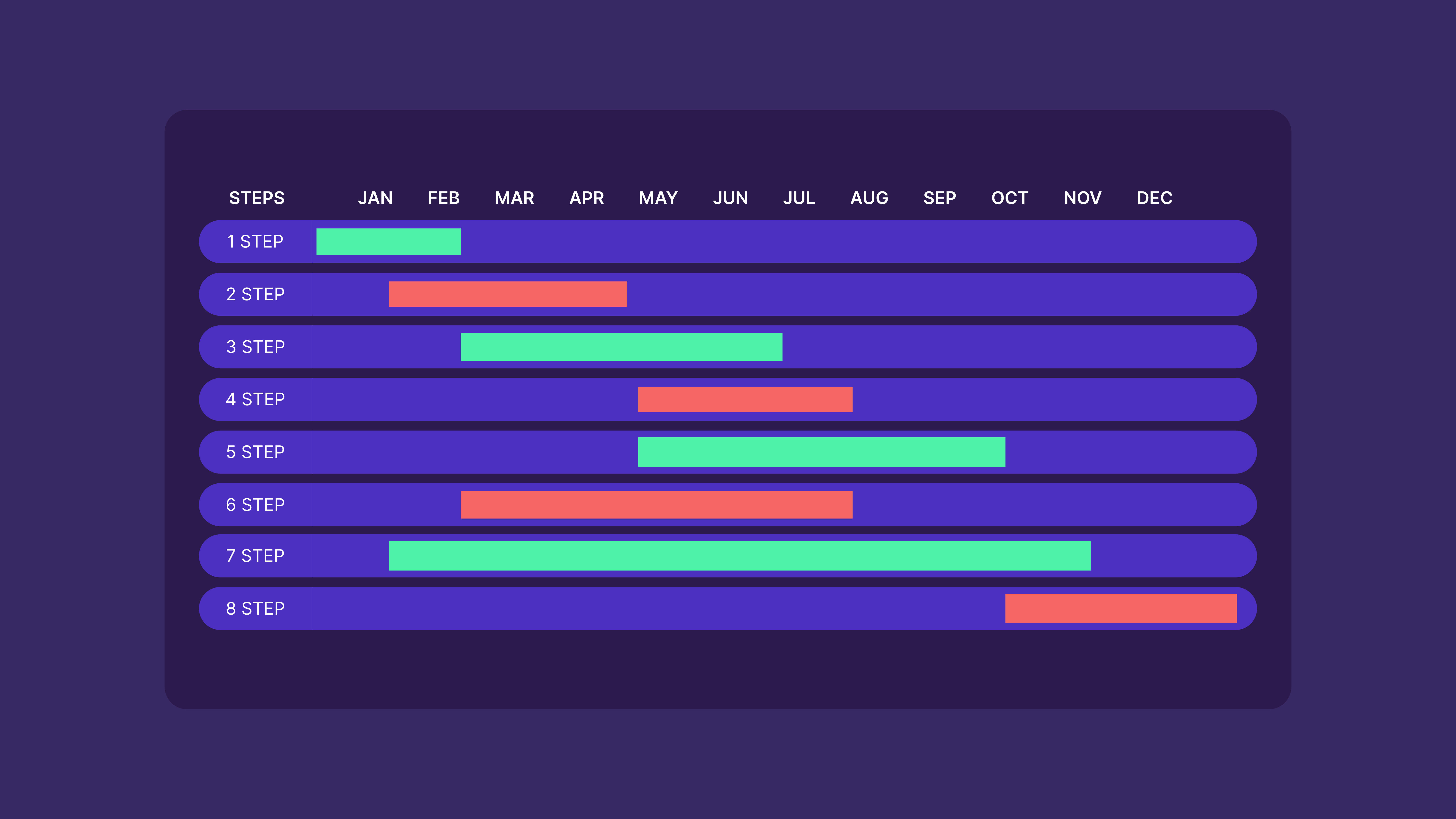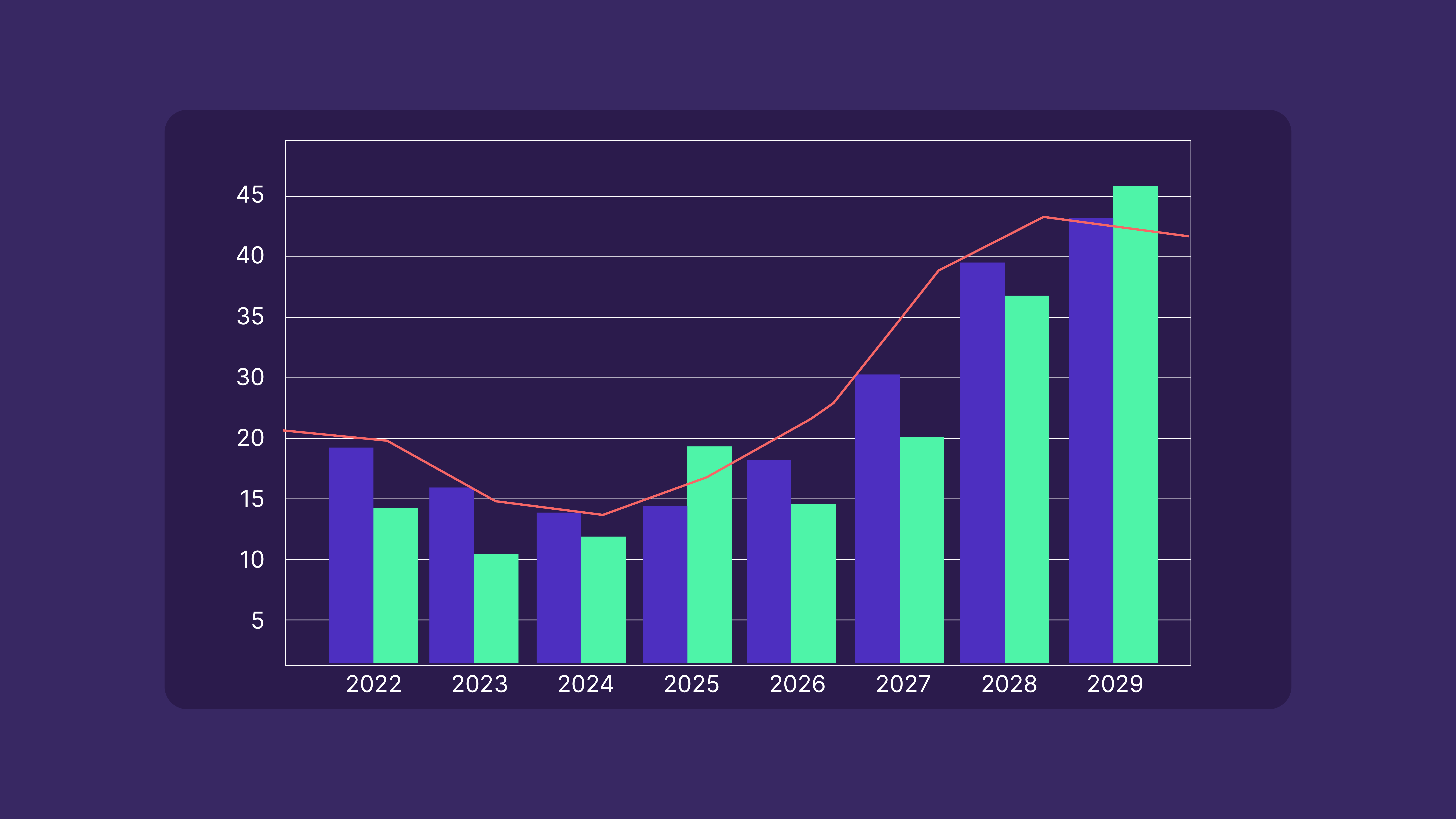15 July 2024
Effective data visualization has become more important than ever in the data-driven landscape. Data visualization is the primary tool for transforming raw data into meaningful insights that relate to your audience. Choosing the right chart is necessary for how you convey this data. Each data type has its own characteristics and benefits from a thoughtful approach to showcasing it to ensure its impact.
Understanding the data visualization landscape
By understanding the terrain of the data landscape, you can begin to navigate the datasets and gain insights.
Categorical vs. quantitative data
One fundamental aspect of data visualization is distinguishing between different data types, including categorical and quantitative. The categorical data sets deal with distinct groups (or categories), while the quantitative data deals with numerical values. The disparity in data types calls for different techniques for visualizing them, and by understanding these differences, you can then effectively and accurately communicate information.
Identifying trends vs. relationships
When it comes to data analysis, the distinction between identifying trends and revealing relationships impacts the goals and outcomes of the analysis. While both are useful for extracting insights from data, they still serve specific purposes. Consultants in particular are often tasked with spotting trends and patterns in a dataset is valuable for understanding developments while differentiating between trends and relationships allows you to explore connections and how various factors influence each other.
Data volume and complexity
One critical point usually overlooked in data visualization is the amount of data involved. Understanding how the size and complexity of the data can impact a chart’s effectiveness is necessary to create meaningful and insightful presentations. When dealing with intricate datasets, how the information is conveyed visually can make or break its message.
Choosing the right type of data visualization
Knowing when to use the right chart is the key to effective data communication. Each chart type serves a different purpose and highlights different aspects of a dataset.
The Bar Chart
Bar graphs help communicate clear comparisons. When handling extensive data and lengthy labels, a bar chart prevents clutter, especially when making comparisons of more than 10 items. They can be either horizontal or vertical, making them a versatile graph type that facilitates comparisons and tracks changes over time.
The Line Chart
Line graphs offer a way to showcase trends across various data categories, making them the preferred option for tracking long-term or short-term changes in data. They can accommodate multiple groups within the same period to reveal effective comparisons and insights. Businesses can use line graphs to show sales rates, monitor performance, and dissect data trends and relationships.
The Pie Chart
Pie charts are a more dynamic way of illustrating data that also represents various categories as the sum of a whole. In the context of customer roles in a company, pie charts can showcase the composition. For a more interesting visual representation, you can also use donut charts to display that same information in a more exciting way. Ideally, this type of chart is best for demonstrating percentages and proportions, showing the relationship between categories and the dataset.
The Scatter Plot Chart
A scatter plot identifies the relationships between two distinct variables and reveals the distribution patterns within a dataset. They are particularly useful when handling a large variety of data points and need to highlight their similarities. Scatter plots bring numbers to life by plotting them along two axes, one for each variable. They are ideal for highlighting patterns between variables and showing trends, correlations, and clusters.
The Area Chart
Area charts are versatile due to their ability to showcase cumulative data and highlight data often communicated through line charts. Area charts offer insights into trends and patterns by depicting the progression of data over some time or across categories. Their ability to convey complicated data in a visually appealing way makes them a useful tool for analyzing data.
The Gantt Chart
A Gantt chart is often used as a project management tool to illustrate the work completed over a time period in comparison to the total project timeline. Usually, Gantt charts include two sections, one to outline the lists of tasks, and another to showcase the timeline with the schedule bars to visualize the amount of work.
Combining different types of data visualization
When it comes to data visualization, combining different charts can certainly enhance a presentation’s clarity and depth. For example, you can combine data visualization by merging bar charts that depict monthly sales figures with a line graph that charts its growth trends over time. This juxtaposition not only allows a comprehensive overview of the data but also enables a viewer to grasp the correlations more naturally.
Data visualization is an indispensable tool for transforming data into insights and understanding how your data needs to be represented ensures that it remains an effective tool in your arsenal. Utilizing data visualization tools in the right way not only does your data justice but is also key for bringing about valuable insights that lead to action.



